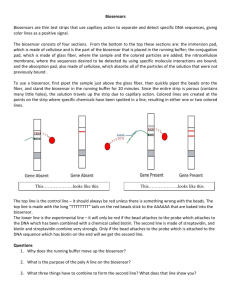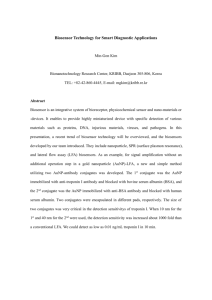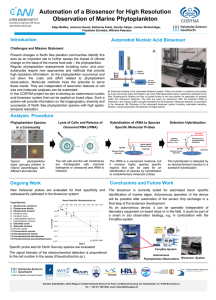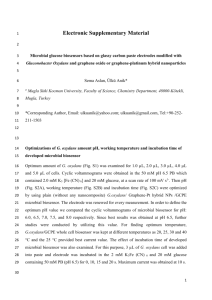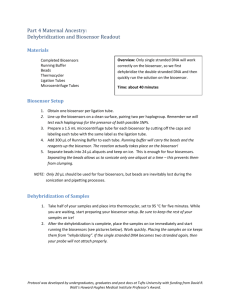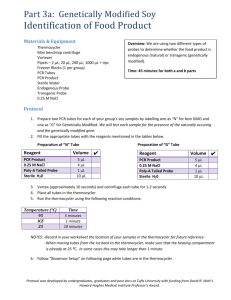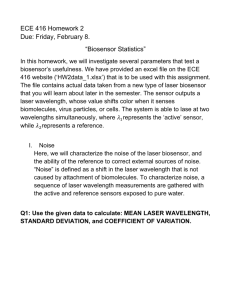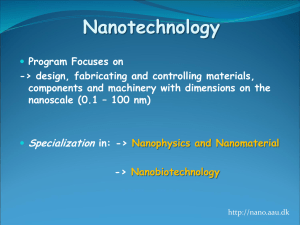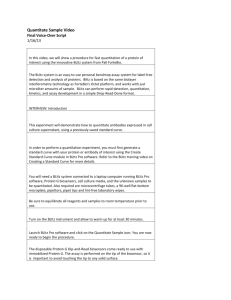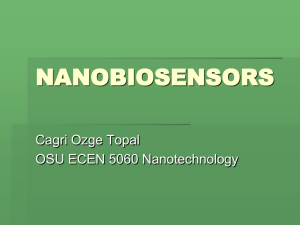View/Open
advertisement
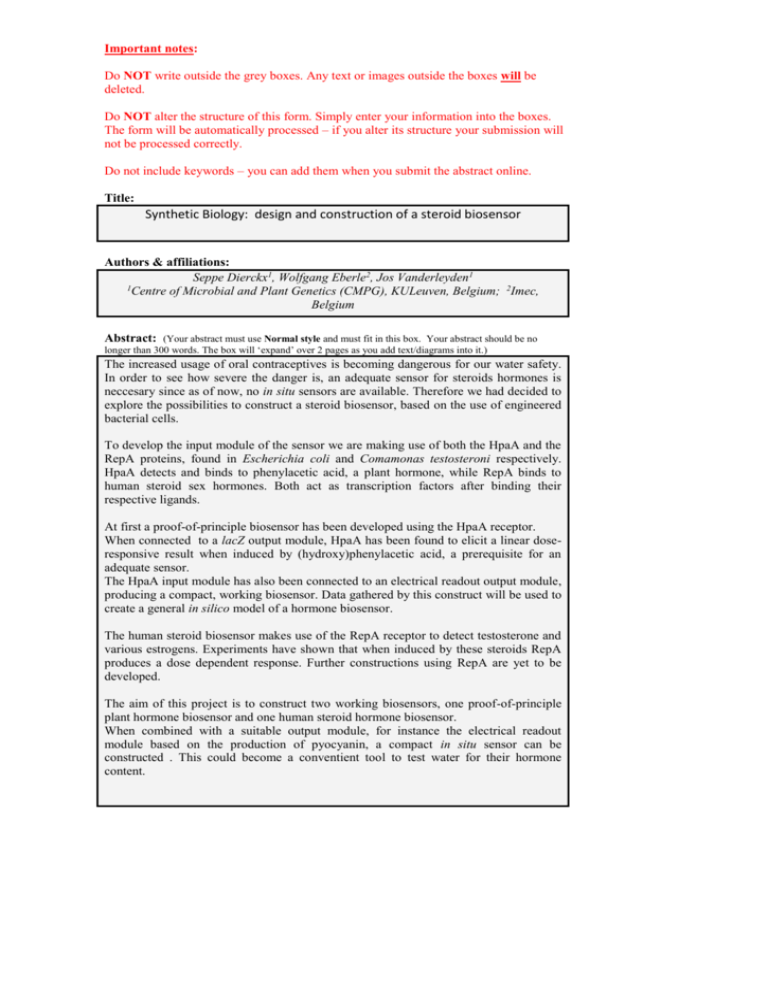
Important notes: Do NOT write outside the grey boxes. Any text or images outside the boxes will be deleted. Do NOT alter the structure of this form. Simply enter your information into the boxes. The form will be automatically processed – if you alter its structure your submission will not be processed correctly. Do not include keywords – you can add them when you submit the abstract online. Title: Synthetic Biology: design and construction of a steroid biosensor Authors & affiliations: Seppe Dierckx1, Wolfgang Eberle2, Jos Vanderleyden1 1 Centre of Microbial and Plant Genetics (CMPG), KULeuven, Belgium; 2Imec, Belgium Abstract: (Your abstract must use Normal style and must fit in this box. Your abstract should be no longer than 300 words. The box will ‘expand’ over 2 pages as you add text/diagrams into it.) The increased usage of oral contraceptives is becoming dangerous for our water safety. In order to see how severe the danger is, an adequate sensor for steroids hormones is neccesary since as of now, no in situ sensors are available. Therefore we had decided to explore the possibilities to construct a steroid biosensor, based on the use of engineered bacterial cells. To develop the input module of the sensor we are making use of both the HpaA and the RepA proteins, found in Escherichia coli and Comamonas testosteroni respectively. HpaA detects and binds to phenylacetic acid, a plant hormone, while RepA binds to human steroid sex hormones. Both act as transcription factors after binding their respective ligands. At first a proof-of-principle biosensor has been developed using the HpaA receptor. When connected to a lacZ output module, HpaA has been found to elicit a linear doseresponsive result when induced by (hydroxy)phenylacetic acid, a prerequisite for an adequate sensor. The HpaA input module has also been connected to an electrical readout output module, producing a compact, working biosensor. Data gathered by this construct will be used to create a general in silico model of a hormone biosensor. The human steroid biosensor makes use of the RepA receptor to detect testosterone and various estrogens. Experiments have shown that when induced by these steroids RepA produces a dose dependent response. Further constructions using RepA are yet to be developed. The aim of this project is to construct two working biosensors, one proof-of-principle plant hormone biosensor and one human steroid hormone biosensor. When combined with a suitable output module, for instance the electrical readout module based on the production of pyocyanin, a compact in situ sensor can be constructed . This could become a conventient tool to test water for their hormone content.
